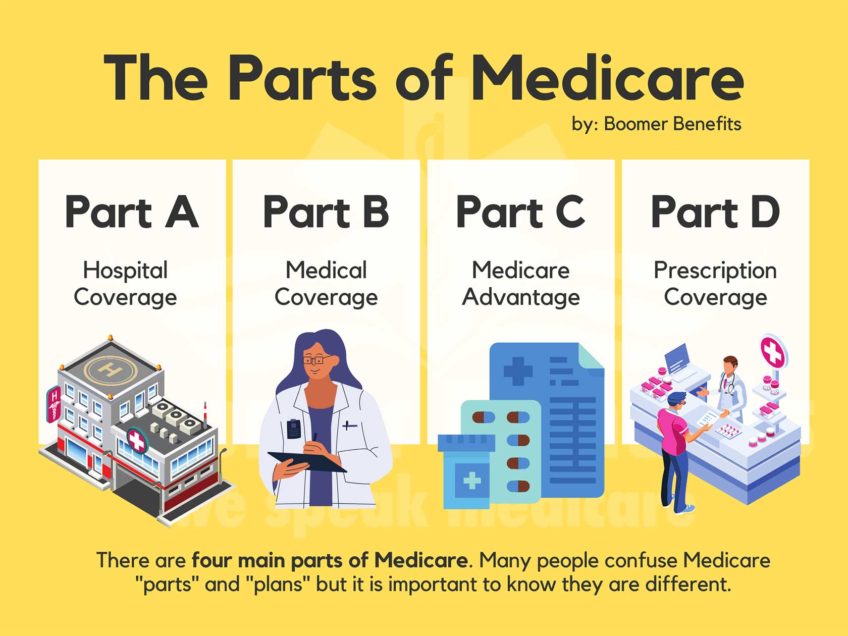The Food and Drug Administration: Attack on added sugars
Limit to 12½ teaspoons a day

The Food and Drug Administration is at it again. This summer they gave food manufacturers three years to remove trans fat from their products. Research has shown that trans fats — common in commercial baked goods and fast foods — increase LDL, or bad cholesterol and lower HDL, or good cholesterol. Now the target is sugar, but it’s not just any sugar. It’s the added sugar the administration is going after.
Sugar is not necessarily bad. The body requires it for energy. Natural sugars, found in fruits, vegetables and milk products, provide not only energy but also much needed vitamins, minerals and fiber. On the other hand, added sugars, such as table sugar, honey and syrups, provide a quick jolt of energy and a batch of calories. They offer no nutrients and are often the culprit behind obesity.
The FDA recommends that children and adults consume no more than 12½ teaspoons of added sugar each day, which amounts to roughly 50 grams, or 10 percent of one’s daily calories. The World Health Organization proposed a similar recommendation in March, but asserts that limiting consumption further to 6 teaspoons a day, or roughly 25 grams, could achieve even greater health benefits.
The American Heart Association has weighed in as well and is not as lenient as the FDA. The AHA has long recommended an upper limit of 6 teaspoons or 100 calories of added sugar each day for women and 9 teaspoons or 150 calories a day for men.

A proposed change to nutrition labels.
There is a common misperception that sweetening that morning coffee with just one cube of sugar should do the trick. Unfortunately, that is not the case. Sugar is hidden in many products. The list is long and in some cases includes food that masquerade as “healthy.” Fruit yogurt, fruit beverages, granola, pasta sauces, sports drinks, salad dressings and even ketchup are examples. Soft drinks are one of the biggest culprits. A 20-ounce bottle of soda alone contains almost 17 teaspoons of sugar, surpassing the FDA’s recommendation in one fell swoop.
Consumers have a long way to go to conform to the FDA’s recommendations. A recent data brief of the Centers for the Disease Control and Prevention noted that between 2005 and 2010 added sugars constituted roughly 13 percent of the daily diet of adults in this country. Consumption varies by age, gender, race and income level. It is higher in those aged 20 to 39, women, non-Hispanic blacks and those of lower income.
The problem is people are not always aware of exactly what they are eating or drinking. Reading food labels does not always help. The word “sugar” is often omitted, but there are certain words that serve as code for the nutrient. For instance, words ending in “ose,” such as fructose, lactose and maltose mean sugar. Foods that are labelled “low fat” are typically high in sugar. You are essentially trading one unhealthy nutrient for another.
Eventually it will be easier for consumers to determine how much added sugars they eat and drink. Nutrition labels are in the process of being updated. The FDA has proposed including on labels the amount of added sugars per serving as well as their percent of daily value. Current labels list total sugar, and do not differentiate between type.
These changes are expected two years down the road, however. In the interim, consumers must educate themselves to spot the hidden added sugars. Below is a list of common examples. More information is available at the Harvard T. H. Chan School of Public Health.
Examples of added sugars
• Molasses
• Honey
• Fruit juice concentrates
• High fructose corn syrup






